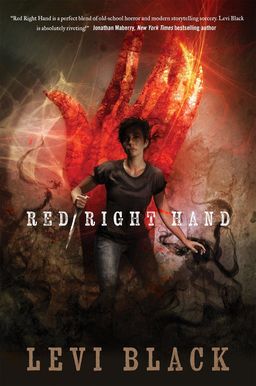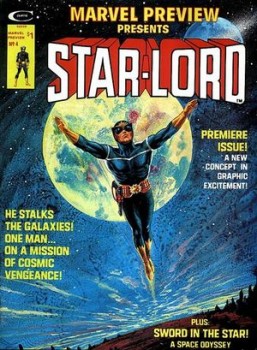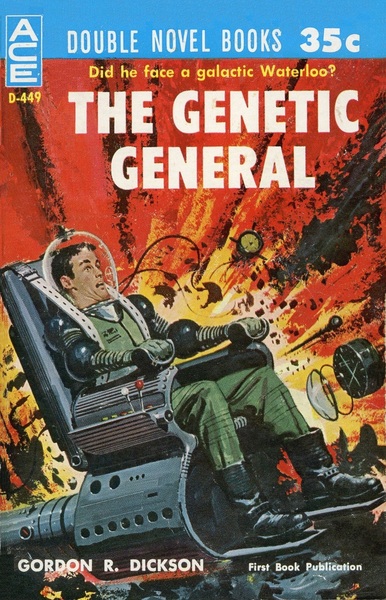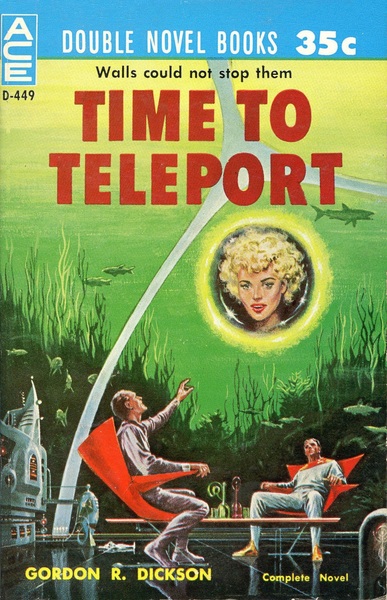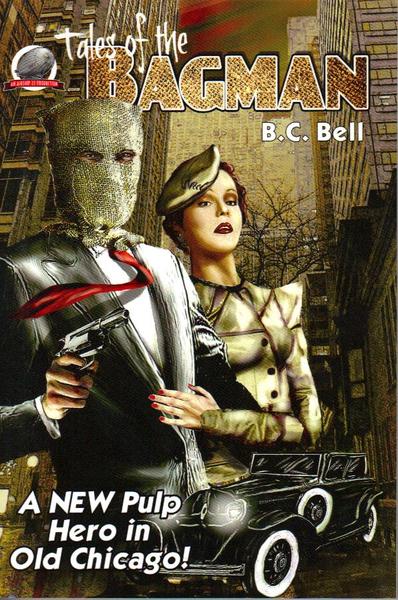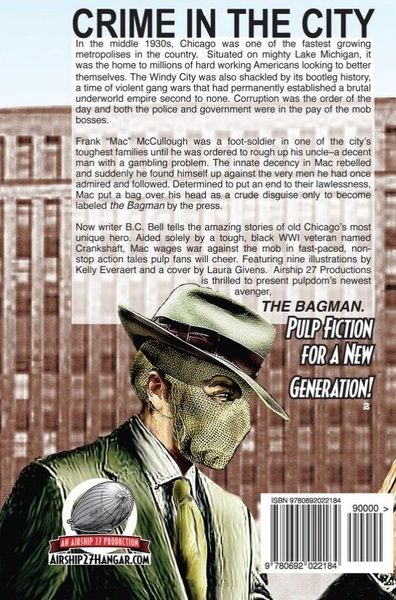Three Ways to Write a Cast of Supporting Characters Without Confusing the Reader
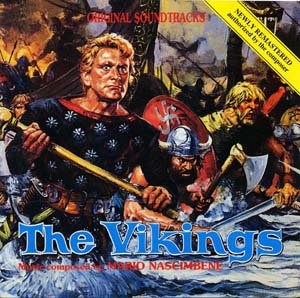
Remember the 1950s The Vikings? Tony Curtis versus Kirk Douglas. But what were their characters called?
How about Gladiator? Russel Crowe as Maximus. Can you remember the names of the other characters?
Pirates of the Caribbean? Johnny Depp as Captain Jack Sparrow. I bet you can name the other actors. What about their character names?
The nice thing about movies is that they have actors. Even if we don’t know their names, we do remember and then recognise them. So when Maximus’ right-hand man betrays him, we know who he is even if we can’t recall his name and didn’t realise how significant he was when we first saw him.
It’s harder with prose. Much, much, harder. As soon as you have more than a handful of characters, you’re faced with two problems: seeding and identifying.
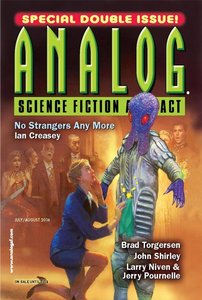
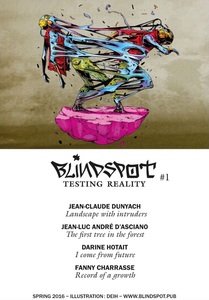


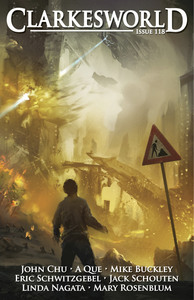
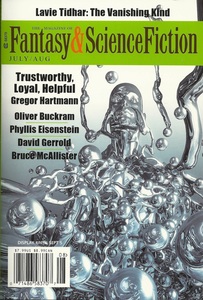


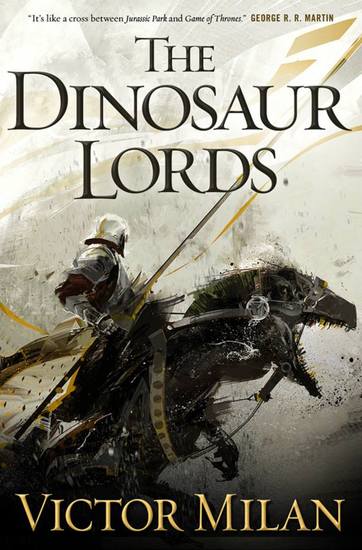
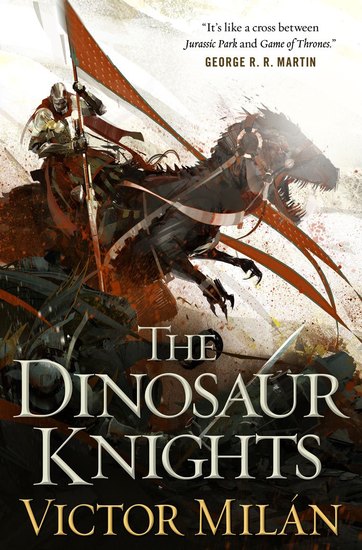
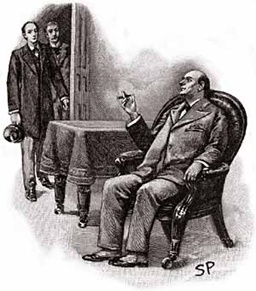

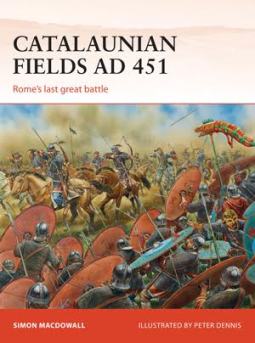 Ah, June. Not a bad month at all, now that I look back on it.
Ah, June. Not a bad month at all, now that I look back on it.